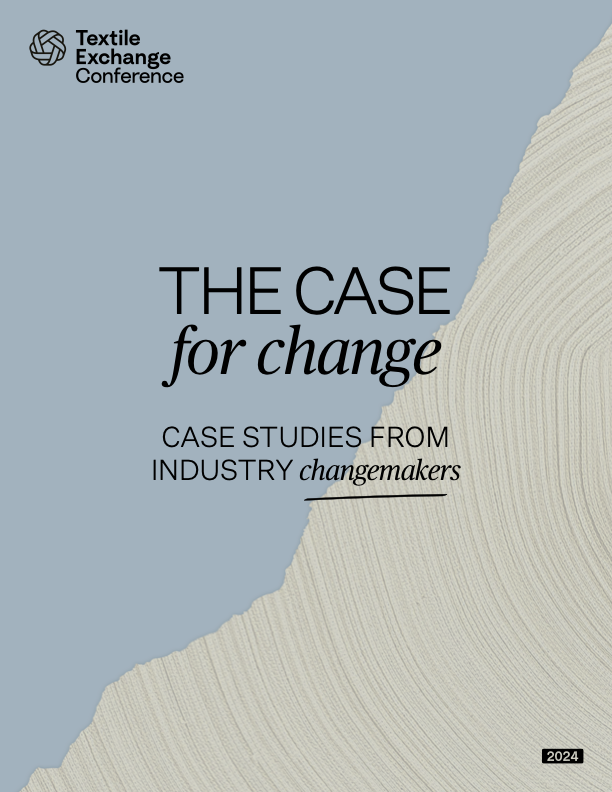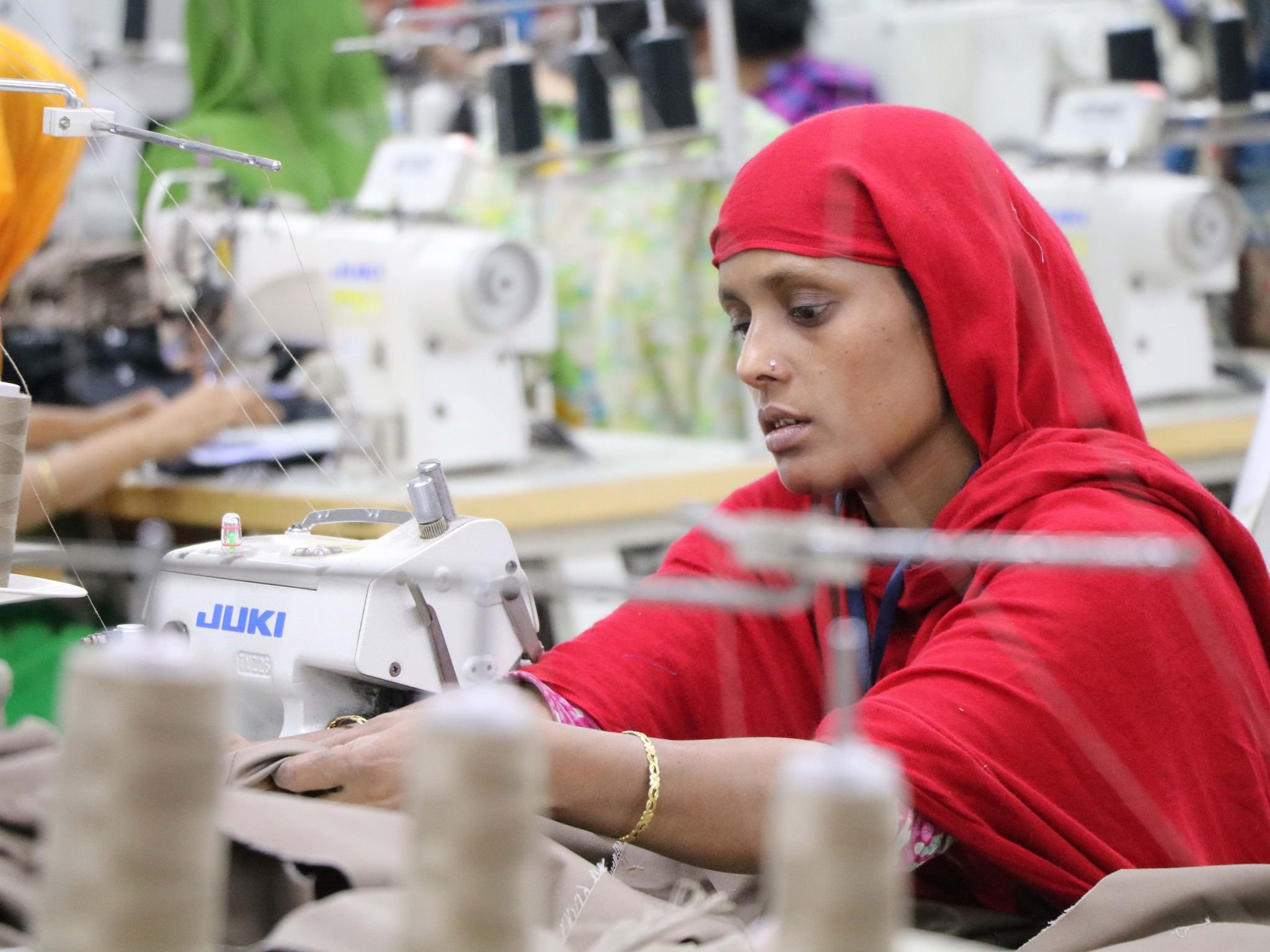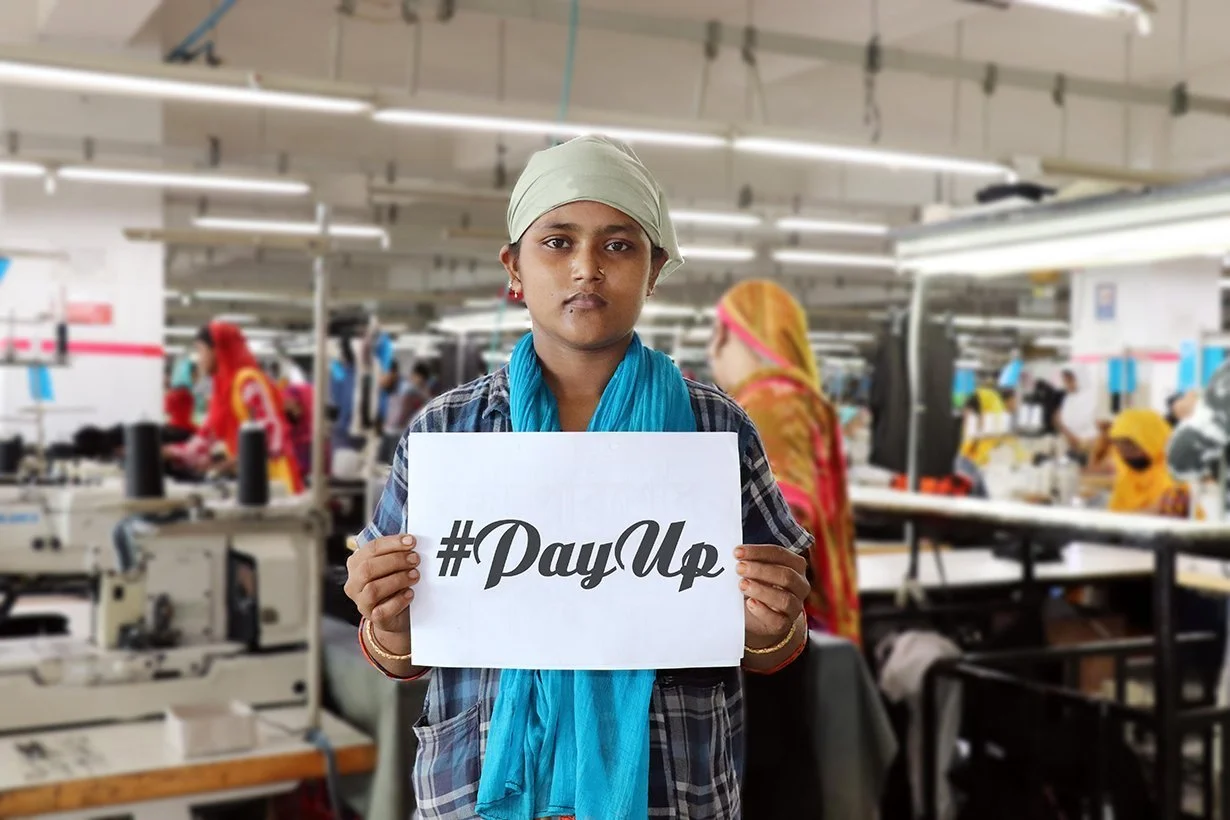The Needle Movers 2025: Fashion Has Solutions—It’s Missing Investment
The lack of progress on sustainability in fashion isn’t due to the lack of innovation. Solutions to problems are out there. Funding, on the other hand, is the barrier. For this year’s Needle Movers list, we examine seven case studies that show what actual progress can look like: practical solutions to specific problems. Written for Good On You
Reimagining Physical Retail: Where the Future of Shopping Actually Happens
After a decade of algorithmic recommendations and infinite-scroll fatigue, physical retail is offering something the digital world can’t quite crack. Those at the cutting edge of this transformation show how stores can become spaces for building sustainable businesses—creating clear opportunities in an industry racing to evolve. Written for Good On You
The Case for Change: Case Studies from Industry Changemakers
This compilation of case studies is designed to provide inspiration rooted in real-world experience, reinforcing the business case for urgent climate action. It brings together impactful examples from across the fashion, textile, and apparel industry and beyond, showcasing progress in some of the most complex and nuanced challenges our sector faces. Written for Textile Exchange.
The Overlooked Child Labour Problem in Fashion’s Supply Chain
Child labour tends to occur deep in raw materials supply chains, which means it can go unnoticed. What can brands do? Written for Vogue Business.
Why Does Fashion Prioritise Planet Over People?
Fashion has made some big swings, and some bold commitments, towards reducing its environmental impact. But supply chain workers are being routinely left out of sustainability strategies. Why does the industry seem to care so much more about materials than it does about the plight of garment workers? Written for The Interline
Bangladesh Wants To Change the Narrative Around Its Manufacturing Processes
The ‘Best of Bangladesh Europe’ conference in Amsterdam sought to educate the European industry on the country’s sustainable business practices to rally for support from the broader industry.
A Decade On From Rana Plaza, How Much Has Improved For Garment Workers?
Experts weigh in on what still needs to be done, and how consumers can help drive change.
Not So Fab-letics: How Fabletics’ Lack Of Transparency Is Leading To Dangerous Working Conditions
Following a worker abuse scandal in one Fabletics factory, has Kate Hudson’s activewear empire improved its treatment of workers or environmental credentials?
One Compelling Reason Why H&M, Zara & Tommy Should Sign the Bangladesh Accord.
At the end of August, the Bangladesh Accord is set to expire, with potentially devastating impacts for the country's 2.7 million garment workers. So what’s next? Brands need to sign the Accord extension and expansion to keep more worker deaths from occurring.
In Conversation With Orsola de Castro During Fashion Revolution Week
To celebrate Fashion Revolution Week, sustainable fashion journalist Megan Doyle sat down with Orsola to talk about greenwashing, the impact of the Black Lives Matter movement on sustainable fashion, and practical solutions to change the way we wear and mend our clothing.
How Can Fashion Brands Keep Workers Safe?
In September, the PayUp Fashion movement published a manifesto of 7 actions, co-created by garment workers, union leaders, and activists, that offer a framework that could revolutionize garment manufacturing from the top down. Action 2 of the demands is to Keep Workers Safe.
Forced Labor of Uighur Muslims Proves The Urgency of Supply Chain Transparency
In recent months, global outrage over the discovery that Turkic-speaking Uighur Muslims in China’s Xinjiang region have been forcibly involved in creating textiles for major fashion retailers around the world has highlighted the very reason why transparency is crucial for the future of the industry.
What is the Garment Worker Protection Act and Why Do We Need It?
“Made in America” was once synonymous with fair wages, decent working conditions and quality clothing, but for garment workers in Los Angeles, the heart of domestic clothing manufacturing, that’s no longer a given. It may have taken a global pandemic, but the misconception that fast fashion brands only exploit garment workers in far-flung countries has finally been shattered.












